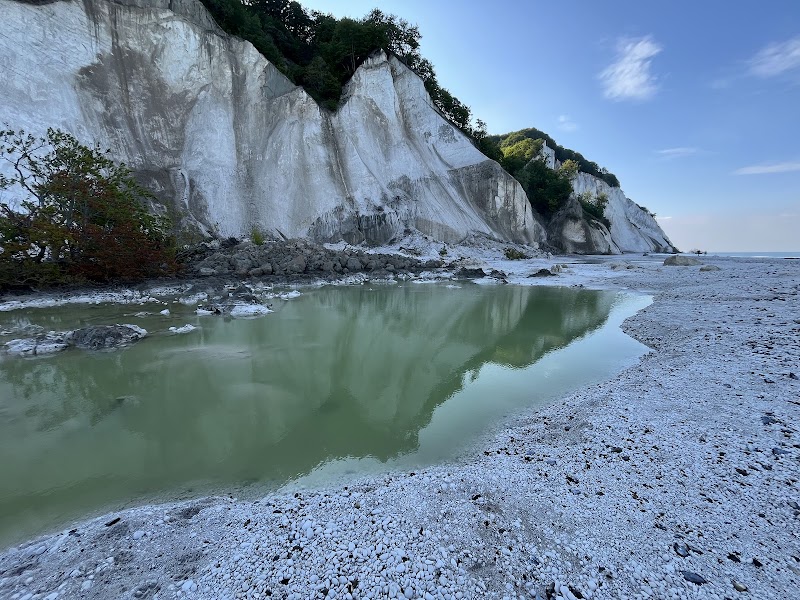Copenhagen Marathon: Navigate The Heartbeat Of Denmark’s Capital On Foot
Experience the Copenhagen Marathon—a race that offers much more than distance. Run through Denmark’s capital, embracing flat urban routes, historic sights, and vibrant local energy. Prepare wisely and engage fully with this dynamic cityscape.
Choose the Right Running Shoes
Given the mix of asphalt, cobblestone, and brick surfaces, opt for cushioned yet responsive shoes to protect your feet and maintain stamina.
Stay Hydrated at Regular Intervals
Utilize designated hydration stations every 5 km to avoid dehydration, especially as the route unfolds through potentially warm urban areas.
Layer for Morning Chill and Sudden Winds
Wear breathable layers that can be adjusted for early race coolness and occasional gusts from the Øresund Strait, helping you regulate body temperature.
Pace Yourself Through Crowded Sections
The race packs thousands of runners, notably in the city center; maintain a comfortable pace to avoid burnout and reduce risk of accidents on narrow stretches.
Copenhagen Marathon: Navigate The Heartbeat Of Denmark’s Capital On Foot
The Copenhagen Marathon stands as a firm challenge and a vibrant celebration of movement through one of Europe’s most livable cities. Covering a classic distance of 42.195 kilometers (26.2 miles), this race is not only a physical test but a dynamic exploration of Denmark’s capital, threading through urban streets, historic neighborhoods, and parks that pulse with local life. The city, itself a character in the race, offers terrain that is predominantly flat, making for a swift but steady pace, with only mild elevation changes to interrupt the rhythm. The marathon route dares you through cobblestone paths, along shimmering canals that push forward like swift currents, and past iconic landmarks that stand watch with calm stoicism.
Expect to cross under the iconic Little Mermaid statue, feel the breeze as you pass Kastellet’s star-shaped ramparts, and run alongside the verdant stretches of Fælledparken, where trees reach out as if guiding tired limbs onward. The air carries an energetic hum, punctuated by cheering crowds and the cadence of hundreds of soles meeting pavement. Hydration stations, placed every 5 kilometers, offer practical breaks to replenish and refuel. Timing is key: the official race kicks off in the early morning, typically at 9 AM in mid-May, ensuring cooler temperatures that ease the strain of sustained effort.
Preparation demands respect for the city’s unpredictability—winds off the Øresund can grow sudden, urging runners to adjust pace and posture. Recommended footwear leans towards well-cushioned, responsive running shoes, given the mix of asphalt, cobblestones, and occasional brick surfaces. Additionally, layering with breathable fabrics offers adaptability as the weather can swing between brilliant sunshine and brisk shell-like chills.
Whether aiming for personal bests or soaking in the city's electric atmosphere, the Copenhagen Marathon offers more than competition. It invites you to engage with a city fiercely itself—robust in history, innovative in design, and alive with a community spirited welcome. And in stride, you become part of a collective pulse, a temporary but vivid bond among adventurers pushing limits amid a setting as practical as it is inspiring.
Nearby Trips
All Adventures
Boat Charters
Water Activities
Adventures near Copenhagen
Discover the unique and memorable adventures that make Copenhagen special.
Frequently Asked Questions
What makes the Copenhagen Marathon route unique?
Unlike many city marathons, Copenhagen’s route blends flat urban streets with a pulse of historical and modern landmarks, including canals that seem to pull runners forward and cobblestone streets that demand awareness and good footwear.
How should I prepare for the weather conditions during the marathon?
May usually offers mild temperatures but early mornings can feel brisk with occasional winds from the nearby sea. Layer breathable fabrics and be ready to shed layers as the day warms.
Are there any notable local wildlife or environmental concerns on the route?
While primarily urban, runners may spot city-dwelling birds like swans and ducks along canals, which are protected habitats. Avoid disturbing wildlife and stick to the marked race course.
What cultural sites can I expect to see along the race?
Runners pass by the Little Mermaid statue, Kastellet fortress, and the colorful Nyhavn harbor, each offering historical depth and a reminder of Copenhagen’s rich heritage woven into the fabric of the modern city.
Is the marathon suitable for first-time runners?
Absolutely. The flat terrain makes it accessible for beginners with adequate training, but managing pacing and hydration remains crucial to ensure finishing comfortably.
Are there lesser-known vantage points or hidden features worth checking pre- or post-race?
Try the race’s quieter sections near Fælledparken or the Søerne lakes, where you’ll find tranquil views and fewer crowds—a good spot to stretch legs and enjoy a more intimate side of the city.
Recommended Gear
Cushioned Running Shoes
Protect against varied surfaces; cushioning reduces impact from asphalt and cobblestone while improving comfort and speed.
Breathable Running Layers
Adapt to early morning chill and potential wind gusts by layering light, moisture-wicking fabrics.
Hydration Belt or Pack
Carry extra fluids beyond hydration stations during warmer months to prevent dehydration.
Running Cap and Sunglasses
Reduce sun glare and protect eyes during bright daytime stretches.
Local Insights
Hidden Gems
- "Walk alongside Peblinge Sø — a less crowded lake path offering water reflections few runners notice."
- "Explore Holmbladsgade’s street art scene near the southern part of the city for urban color bursts."
Wildlife
- "Mute swans gliding calmly on city canals"
- "Urban foxes occasionally spotted in park areas at dawn"
History
"The marathon weaves through centuries of Copenhagen’s evolution, from the renaissance fortifications of Kastellet to the 18th-century harbor Nyhavn, highlighting Denmark’s maritime and military past amidst present-day vibrancy."

